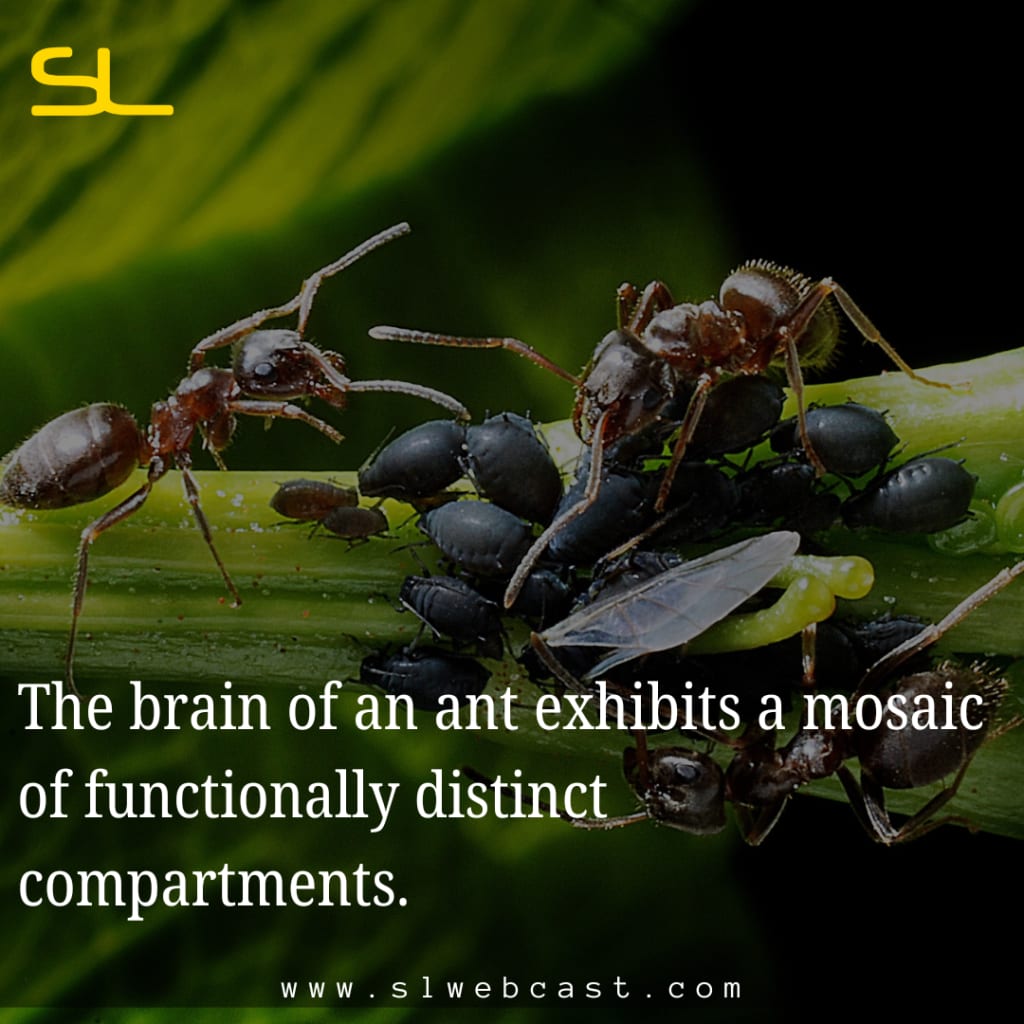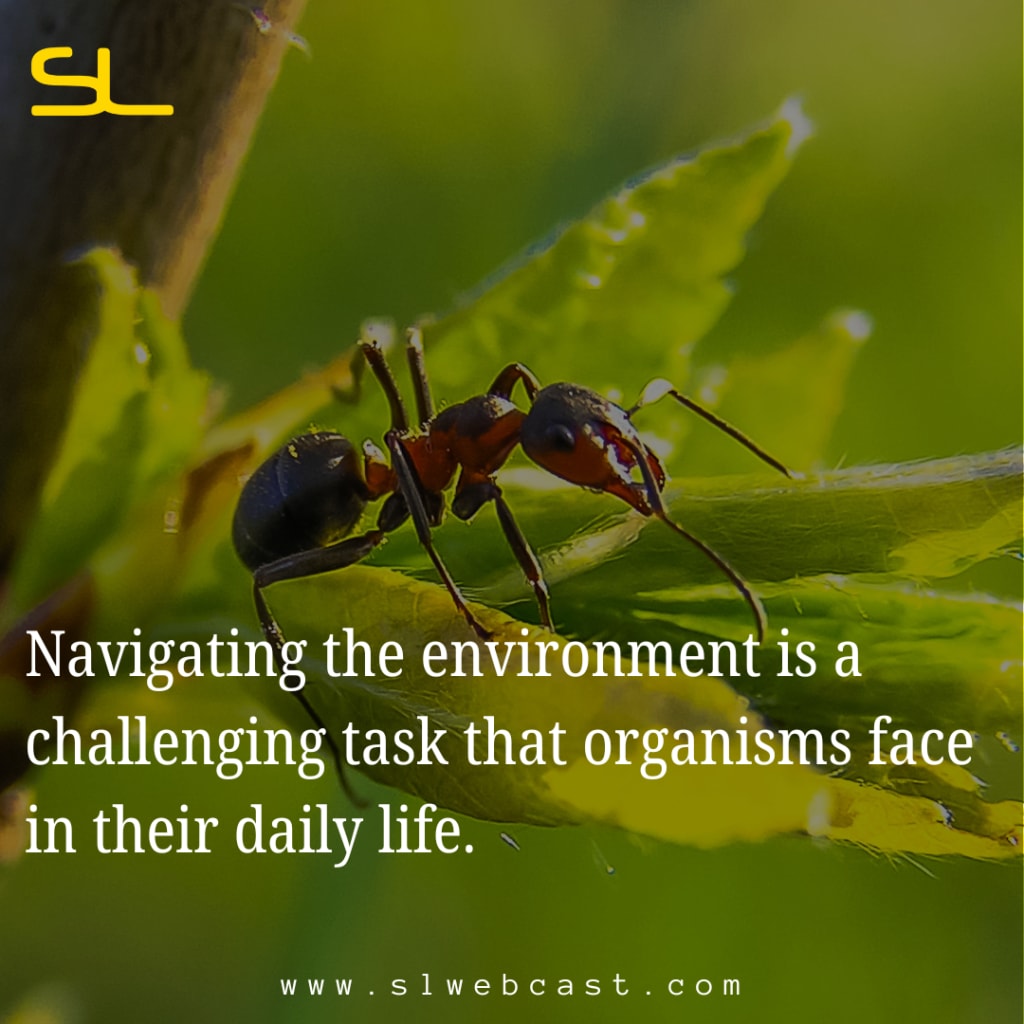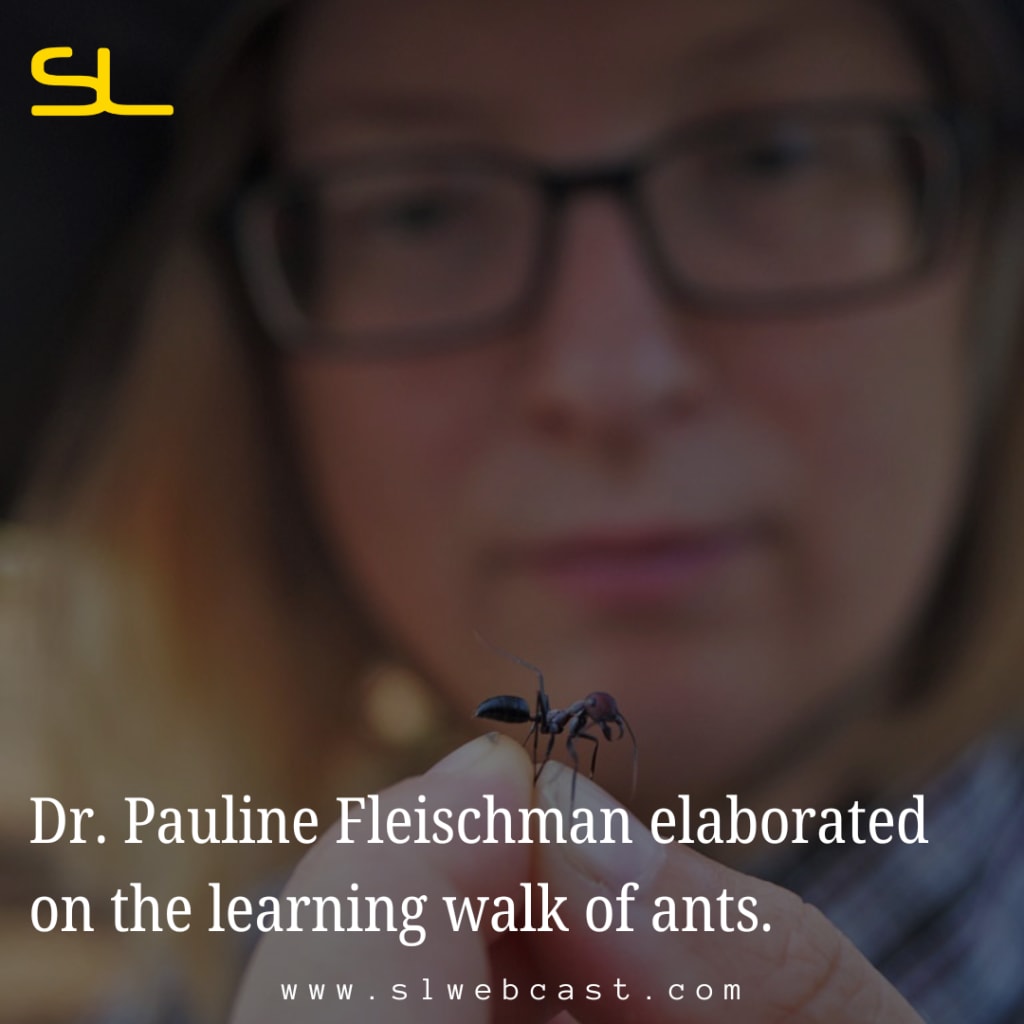It is required to have a guide, a map, or else a compass to reach the exact location when we travel to an unfamiliar spot. A map helps us to identify the location in which we are, a compass indicates the direction in which we should travel. And sometimes a guide can guide us to the right location.
But have you ever wondered how other organisms except human beings identify their routes for navigation? just without having any maps or compasses!
Navigating the environment is a challenging task that organisms face in their daily life. However, some species demonstrate impressive capabilities to navigate in complex and harsh environments. To find their food, which is a major requirement for their survival. and to return to their home place at the end of the day. Especially, some minute creations such as Ants, Butterflies, and Honey bees are created with super magnetic powers.

Desert ants are a model species for the study of the integration of magnetic information into neural circuits due to clear behavioral readouts and well-studied neural pathways underlying spatial orientation behaviors. Cataglyphis cortis which are known as (BLACK ANTS) are a kind of ants that lives in the Tunisian desert. They survive and navigate almost the empty saltpans of Tunisia. The temperature at the desert of Tunisia increases almost up to 70 degrees Celsius just in in while after sunrise during the daytime. These ants leave their nest in the early morning with the rise of the sun. They start to forage rapidly in an idiosyncratic route and travel for approximately 200m (665 feet) which is nearly equal to (30 to 40 km) distance when compared with a human being’s power. The workload done by these Black ants is just a dream for a human being!
Australian honeypot ants (Melaphorous bagoti) are the most thermophilic ant species in Australia and forage solitarily in the hottest period in the day time during the summer. They are also excellent experimental model species for insect navigation. Melaphorous bagoti foragers have short lives outside the nest in which they accomplish remarkable visual navigational tasks. They entered the limelight in 2005 when scientists Muller and Wehner showed that these ants exhibit precise spatial knowledge of their cluttered habitat in the grasslands of Australia . Individual ants follow idiosyncratic routes through numerous tussocks between the nest and a stable feeder and immediately recognize each of these tussocks when they are artificially displaced along their route. Since these early observations, many researchers have studied these, and with every new finding, it becomes even more evident how much visual memory alone is astonishing. It was so far remained elusive how these idiosyncratic routes become established in individual ants.
Leafcutter ants which belong to Atta cephalotes, are known to walk hundreds of yards even climbing trees to collect leaves. But still, they can identify their way home to bring back the plant materials they use to harvest a fungus that provides their primary source of food. They orient their homeward using a magnetic compass whenever they get dislodged from their trial.
THE DISCOVERY
The most outstanding discovery, which was initially made by researchers from Julius-Maximilian University of Wurzburg (JMU) sheds new light on the new researchers and explorers who urge the thirst to acknowledge the magnetic superpowers of ants.
According to the research records, the researchers have discovered that the ant`s internal compass is the central complex of the ant’s brain which is a key site for processing the earth`s magnetic signals which proceed in “mushroom bodies”.

ANATOMY OF AN ANT’S BRAIN
The brain of an ant exhibits a mosaic of functionally distinct compartments. The main neuropil in the brain includes the optic lobes, receiving visual information from the compound eyes, and the mushroom body.
The mushroom body is a critical part of an insect`s brain serving as a key center for processing sensory information as well as learning and memory. It is composed of densely packed neurons and is especially prominent in insects where it integrates signals from various inputs including smell, taste, and visual cues, enabling insects to perform complex behaviors such as navigation, foraging, and recognizing patterns apparently including magnetism as well.
STRUCTURAL ANALYSIS ON NEURAL COMPASS
Recently a panel of researchers got to gather in order, for a significant research where they analyzed structural neural plasticity in the brain of cataglyphis. And they investigated how affects relevant brain regions during early compass calibration. They found that manipulating the earth`s magnetic field has profound effects on neural plasticity in two integration centers, most importantly the mushroom bodies which are known to be the memory centers .magnetic field manipulations interfere with an impact on learning walks of naive ants so that the magnetic information affects the neural plasticity of ants during early visual learning. This suggests that magnetic information does not only serve as a global reference system but also for crucial spatial memory formation.

LEARNING WALKS
Dr. Pauline Fleischman elaborated on the learning walk of ants. He revealed that “An ant has to calibrate its celestial compass and learn all the landmark panorama used for subsequent navigation during foraging before it leaves its underground nest for the first time”.
During the so-called walk, the ants come out of the nest and start to explore the immediate surrounding environment and the sceneries around the nest and pirouette around their own body axis with short steps. In between and during the pauses they always look back to their nest entrance using path integration even though they couldn`t see it. Here, the geomagnetic force of the earth serves as a primary compass cue for them. In addition, the GMF serves as a reference system for calibration of the ant`s celestial compass and also to memorize the panoramic sceneries about the location and entrance of the nest.
The sensory experience of celestial compass cues during learning walk increases the synaptic connection in high-order brain centers which are associated with sensory integration and memory formation. The structural neuronal plasticity in these regions depends on the sun`s rotating sky polarization pattern which changes over the day However the ants need a geo-stable reference system, inorder to calibrate the internal representation of the sun’s movement. So that such a reference can be provided with the panoramic scenery.
Finally, according to Dr. Pauline`s statement, the ants need a functioning magnetic compass during their learning walks to calibrate their visual compass and store images of the sceneries surrounding the nest environment in their long-term memory .
The earth`s magnetic field not only guides the minor insects such as ants, butterflies, moths and honey bees. But it also serves as a crucial cue for some vertebrates such as migratory birds, fish, turtles, dolphins and so many other animal species, which possess a complex nervous system, to enhance their migrations and forages. Indeed, the way how humble little ants navigate and calibrate using the surprising magnetic superpowers undoubtedly makes sense in the view of the fact the they are just a few centimeters long with a compact body and a miniature brain composed of multiplex consequences.


